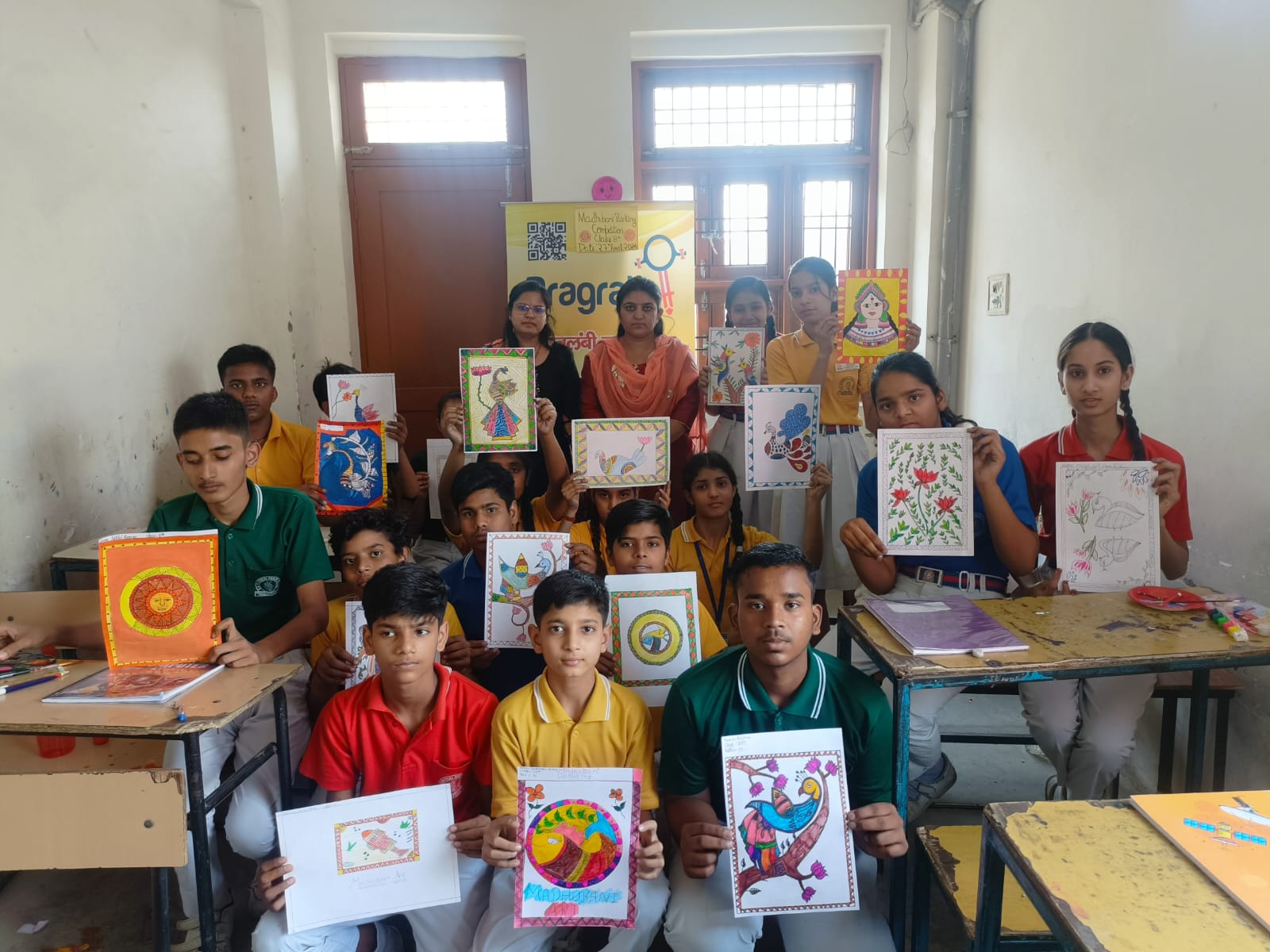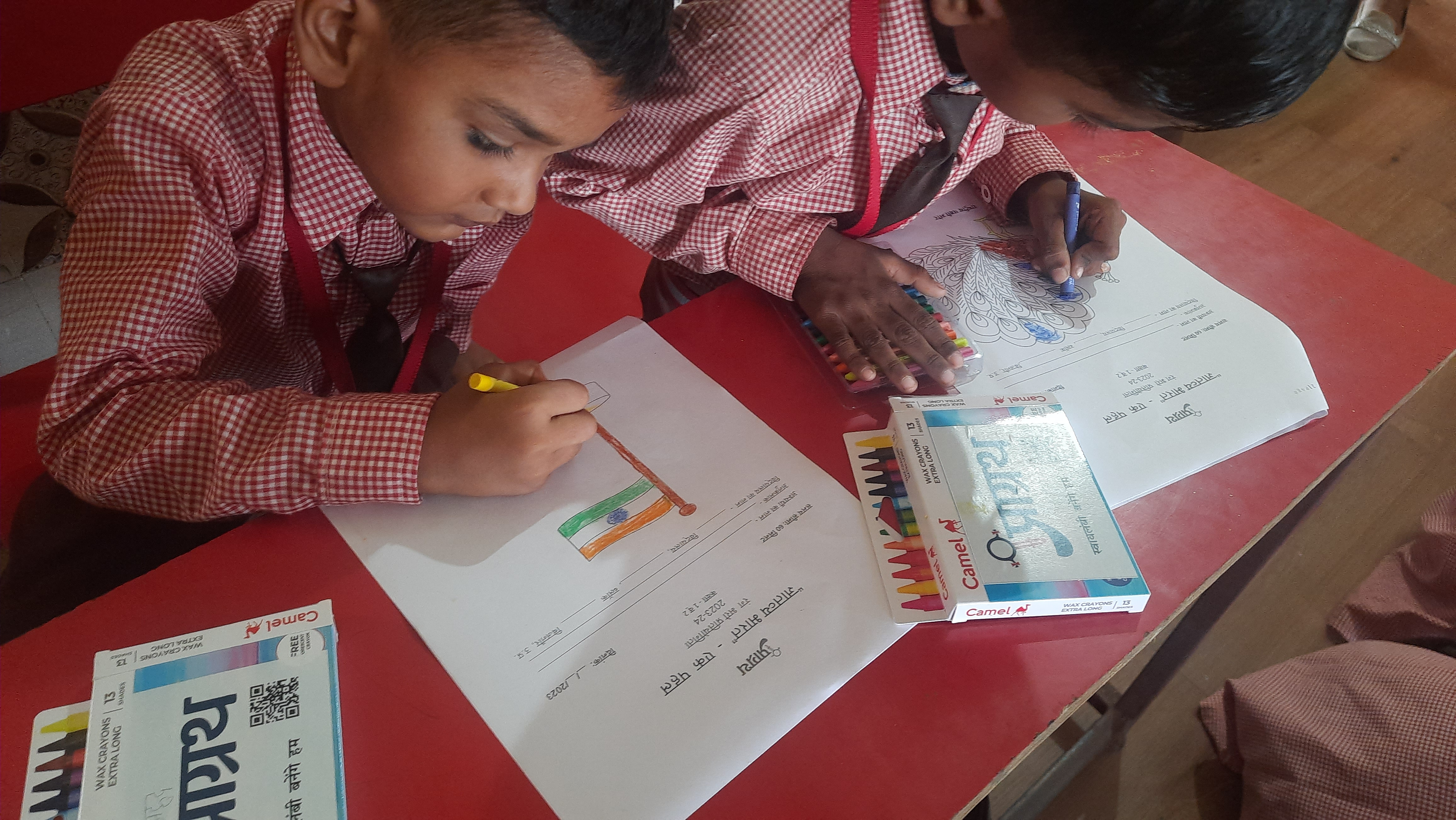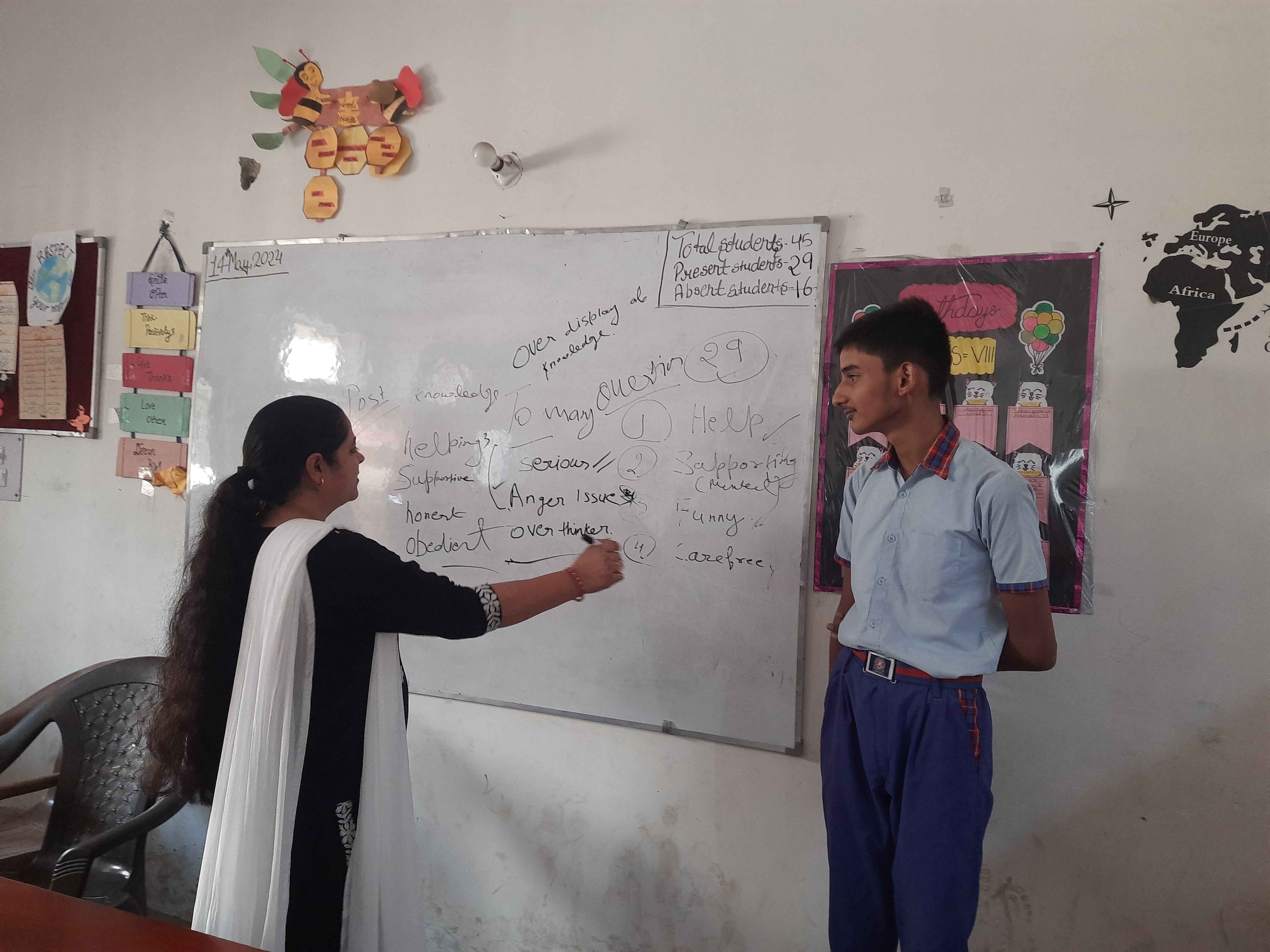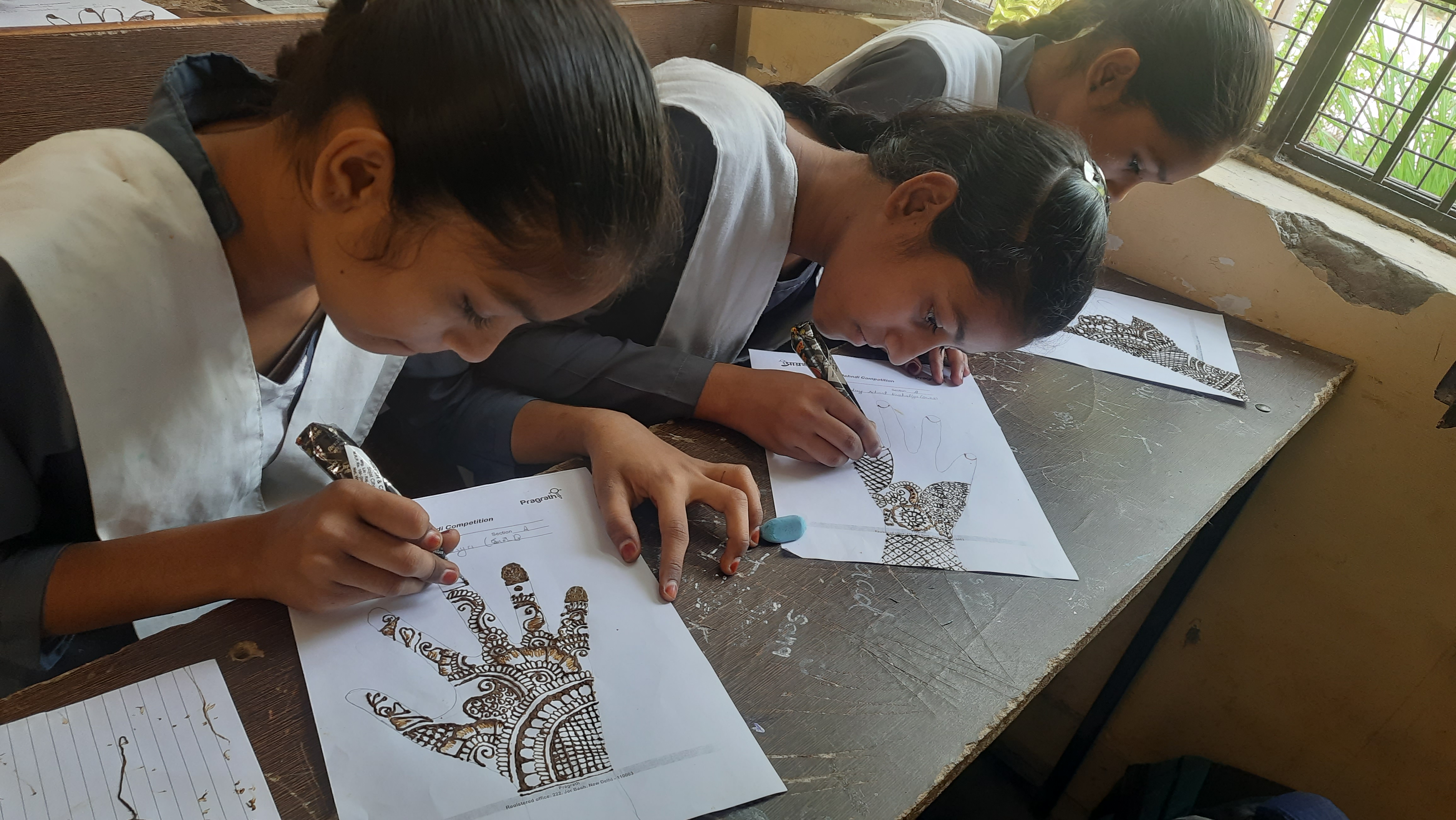Madhubani painting, also known as Mithila painting, is a traditional art form that originates from the Mithila region of Bihar and parts of Nepal.
According to Hindu mythology, Madhubani painting can be traced back to the time of the Ramayana. It is said that King Janaka, the ruler of Mithila, commissioned artists to create paintings for his daughter Sita’s wedding to Lord Rama.This event is often cited as the origin of this art.
For centuries, Madhubani art was practiced primarily by women, who decorated the walls and floors of their homes with intricate designs for auspicious occasions, rituals, and festivals. There are five primary styles of Madhubani painting: Bharni, Katchni, Tantrik, Godna, and Kohbar. Each style has distinct characteristics.
• Bharni: Known for its vibrant colors and depiction of mythological themes.
• Katchni: Characterized by delicate lines and minimal use of colors.
• Tantrik: Reflects esoteric and religious themes.
• Godna: Inspired by traditional tattoo patterns.
• Kohbar: Focuses on rituals and symbols related to marriage.
In 2007, Madhubani painting was given GI status, which helped protect and promote its unique heritage and authenticity. Today Madhubani paintings are celebrated globally, featured in museums, art galleries, and private collections around the world. Contemporary artists have adopted Madhubani motifs for modern application, including fashion, home decor, and digital art, helping to keep the tradition alive and relevant.
To ensuring its continuity and to teach new generations about Madhubani art, “PRAGRATH” conducts workshop and competition of Madhubani art under “GYATAVYA” Initiative.






.jpg)

Comment(s) (0)
Leave a Comment